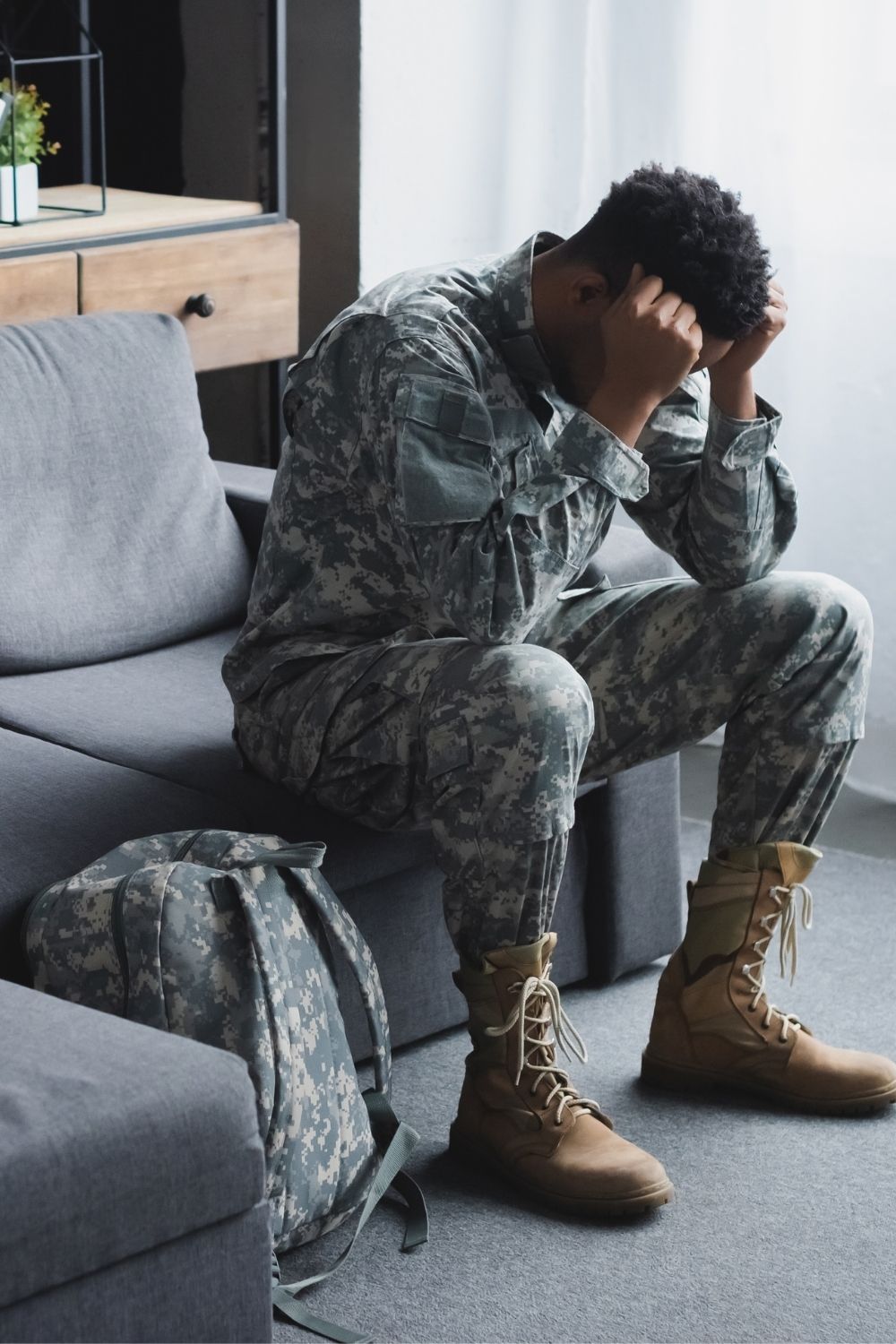June is PTSD Awareness Month
There are currently about 8 million people in the United States with PTSD.
June is National Post-Traumatic Stress Disorder Awareness Month, and is intended to raise public awareness about issues related to PTSD, reduce the stigma associated with PTSD, and help ensure that those suffering from the invisible wounds of war receive proper treatment. Even though PTSD treatments work, most people who have PTSD don’t get the help they need. Help us spread the word that effective PTSD treatments are available.
What is PTSD?
PTSD may result in sleep problems, irritability, anger, recurrent dreams about the trauma, intense reactions to reminders of the trauma, disturbances in relationships, and isolation. Some people may recover a few months after the event, but for others it may take years. For some, PTSD may begin long after the events occur.
PTSD is very common, and treatment is available. Treatment includes different types of trauma-focused psychotherapy as well as medications to manage symptoms.
What Are the Symptoms of PTSD?
PTSD symptoms usually start soon after the traumatic event, but they may not appear until months or years later. They also may come and go over many years. If the symptoms last longer than four weeks, cause you great distress, or interfere with your work or home life, you might have PTSD.
There are 4 types of PTSD symptoms, but they may not be exactly the same for everyone. Each person experiences symptoms in their own way:
Reliving the event (also called re-experiencing symptoms)
Memories of the traumatic event can come back at any time. They can feel very real and scary. For example:
- You may have nightmares.
- You may feel like you are going through the event again. This is called a flashback.
- You may see, hear, or smell something that causes you to relive the event. This is called a trigger. News reports, seeing an accident, or hearing fireworks are examples of triggers.
Having more negative thoughts and feelings than before the event
The way you think about yourself and others may become more negative because of the trauma. For example:
- You may feel numb—unable to have positive or loving feelings toward other people—and lost interest in things you used to enjoy.
- You may forget about parts of the traumatic event or not be able to talk about them.
- You may think the world is completely dangerous, and no one can be trusted.
- You may feel guilt or shame about the event, wishing you had done more to keep it from happening.
Avoiding things that remind you of the event
You may try to avoid situations or people remind you of the trauma event. You may even avoid talking or thinking about the event. For example:
- You may avoid crowds, because they feel dangerous.
- You may avoid driving if you were in a car accident or if your military convoy was bombed.
- If you were in an earthquake, you may avoid watching movies about earthquakes.
- You may keep very busy or avoid getting help so you don’t have to think or talk about the event.
Feeling on edge or keyed up (also called hyperarousal)
You may be jittery, or always alert and on the lookout for danger. You might suddenly become angry or irritable. For example:
- You may have a hard time sleeping.
- You may fiind it hard to concentrate.
- You may be startled by a loud noise or surprise.
- You might act in unhealthy ways, like smoking, abusing drugs or alcohol, or driving aggressively.
How I knew I had PTSD
When you have PTSD, the world feels unsafe. You may have upsetting memories, feel on edge, or have trouble sleeping. You may also try to avoid things that remind you of your trauma — even things you used to enjoy. Learn more about PTSD from Veterans who’ve been there: http://www.ptsd.va.gov/AboutFace

